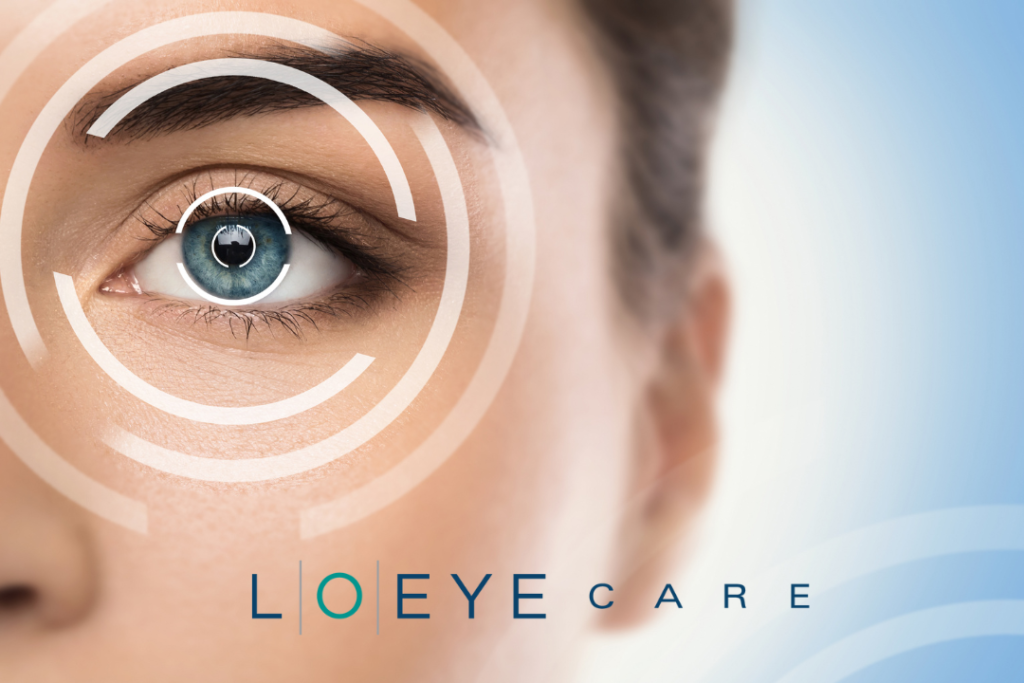
LASIK in East Lansing, Michigan
Laser Vision Correction
Laser Vision Correction was first performed using a procedure call Photo-Refractive Keratectomy or PRK. Vision correction with PRK is accomplished by removing tissue from the surface of the cornea.
LASIK, or more technically, Laser in-Situ Keratomileusis, is the most popular form of laser vision correction today. This procedure corrects vision in two steps. First, a corneal flap is created, and then a laser is used to reshape the underlying tissue.
What you can Expect: Personalized Quality Care
L.O. Eye Care has been the leader in eye care for over 50 years. We performed the first laser vision correction procedure in mid-michigan in 1997 and have since done thousands of successful procedures. Our patients have the distinct advantage of having their surgeon examine their eyes personally before the surgery. Most importantly, L.O. Eye Care provides patient with the safest, most effective procedure available, namely, Custom Blade-Free LASIK.
Blade free LASIK: Safety for your eyes
The first step in LASIK creates a flap in the cornea. This step was traditionally performed with a surgical blade. (called a microkeratome). Historically, the blade was the cause of the majority complications associated with vision correction.
At L.O. Eye Care, we no longer offer LASIK with a blade. We provide all of our patients “Blade-free” LASIK using the state-of-the-art IntraLase laser. Utilizing its femtosecond technology, the IntraLase laser safely creates corneal flaps of exact size, shape, and depth.
The IntraLase Laser is more accurate than the surgical blade, making every procedure more predictable and therefore, reducing the risk of complications.
Custom LASIK: Giving you better results
Just like a fingerprint, each person’s vision is unique to their eyes. However, before the recent advancements in technology, doctors were only able to use standard measurements to correct vision.
Now CustomVue’s Wavescan technology can measure the unique imperfections of each individual;s eye to produce a detailed map. This map is then transferred to the VISXX laser that is used to reshape the cornea during LASIK
What to expect: Procedure Day
On the day of the procedure, anesthetic drops are placed in to the eye. Then, a painless,silent beam of light from the IntraLase laser is focused on the cornea to create a flap.
The flap is then lifted and a cool bram from the CustomVue’s VISX laser gently reshapes the cornea, removing microscopic amounts of tissue to create an appropriate curvature. The flap is carefully placed back into position.
Most patients notice immediate results after their procedure with their vision continuing to improve over several days, weeks, and even months. Routine follow-up visits are recommended for one year to complete process.
Who’s your surgeon?